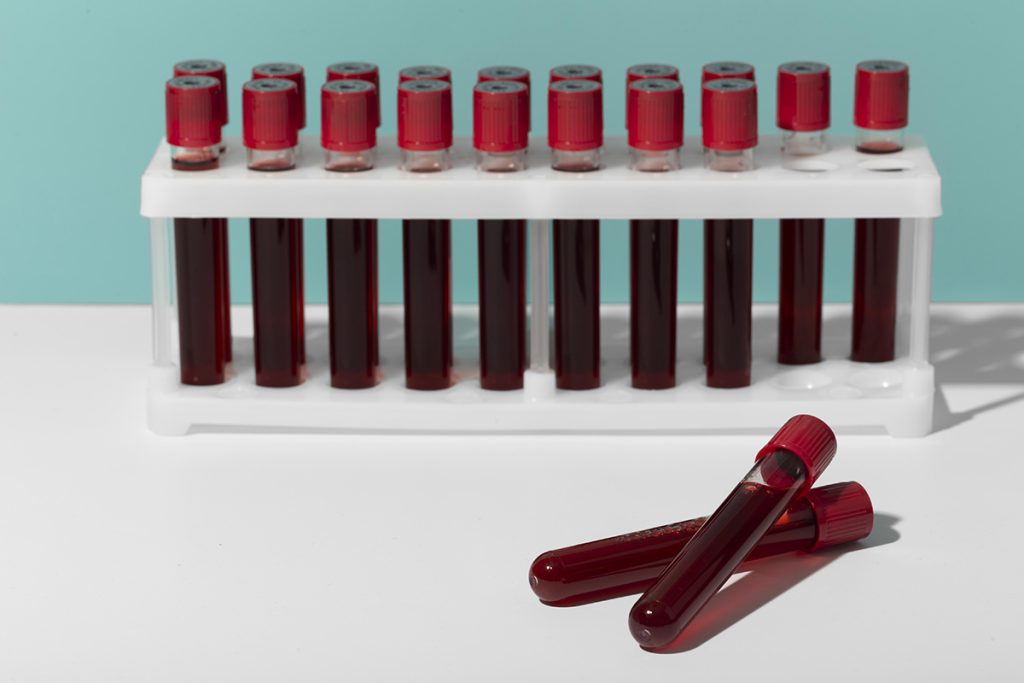is a branch of pathology that involves the study of tissue samples under a microscope to diagnose diseases and understand pathological changes. Histopathologists, or histologists, play a critical role in identifying the nature of diseases, particularly cancers, by examining tissue architecture, cellular morphology, and other microscopic features. Here’s a detailed overview of histopathology, common diagnostic procedures, and tips on how to stay healthy:
A histopathologist is a medical specialist who:
- Diagnoses Diseases: Examines tissue samples to diagnose diseases, including cancers, inflammatory conditions, and infectious diseases.
- Conducts Biopsies: Analyzes biopsied tissue samples to provide definitive diagnoses.
- Guides Treatment: Provides crucial information that guides the clinical management and treatment plans for patients.
- Performs Autopsies: Conducts post-mortem examinations to determine the cause of death and understand disease processes.

Diagnostic Procedures in Histopathology
- Tissue Biopsy:
- Purpose: Collects tissue samples from a patient to diagnose various conditions, especially cancers.
- Procedure: A small piece of tissue is removed from the body, typically using a needle, endoscope, or surgical procedure.
- Tissue Processing:
- Fixation: The tissue sample is preserved using a fixative (usually formalin) to prevent degradation.
- Embedding: The fixed tissue is embedded in a block of paraffin wax to provide support for thin sectioning.
- Sectioning:
- Microtomy: Thin slices of the embedded tissue (usually 4-5 micrometers thick) are cut using a microtome and placed on glass slides.
- Staining:
- Hematoxylin and Eosin (H&E): The most common stain used to differentiate cellular components. Hematoxylin stains cell nuclei blue, and eosin stains the cytoplasm and extracellular matrix pink.
- Special Stains: Additional stains (e.g., PAS, Masson’s trichrome) may be used to highlight specific tissue components, such as connective tissue, mucins, or pathogens.
- Immunohistochemistry (IHC):
- Purpose: Uses antibodies to detect specific antigens (proteins) in the tissue, aiding in the diagnosis of certain diseases and cancers.
- Procedure: Tissue sections are treated with antibodies that bind to specific proteins, which are then visualized using chromogenic or fluorescent labels.
- Molecular Pathology:
- In Situ Hybridization (ISH): Detects specific DNA or RNA sequences within the tissue, useful for identifying genetic abnormalities and infectious agents.
- Polymerase Chain Reaction (PCR): Amplifies and detects specific genetic material from the tissue sample to diagnose genetic disorders and infectious diseases.
- Electron Microscopy:
- Purpose: Provides detailed images of cellular structures at a higher resolution than light microscopy, useful for diagnosing ultrastructural abnormalities.
- Procedure: Tissue samples are fixed, embedded in resin, and examined using an electron microscope.
Tips for Heart Health
Balanced Diet: Eat a variety of foods rich in vitamins, minerals, and antioxidants to support cellular health and overall well-being.
Regular Exercise: Engage in regular physical activity to maintain a healthy weight, improve circulation, and boost immune function.
Avoid Carcinogens: Limit exposure to known carcinogens, such as tobacco smoke, excessive alcohol, certain chemicals, and UV radiation, to reduce the risk of cancer.
Routine Screenings: Participate in recommended cancer screenings (e.g., mammograms, colonoscopies) and health check-ups for early detection of diseases.
Vaccinations: Stay up-to-date with vaccinations, including those for HPV and hepatitis B, which can reduce the risk of certain cancers.
Healthy Lifestyle Choices: Avoid risky behaviors, such as unsafe sex and intravenous drug use, which can increase the risk of infectious diseases and cancers.
Manage Stress: Practice stress-reducing techniques such as yoga, meditation, or mindfulness to support mental and physical health.
Stay Hydrated: Drink plenty of water to maintain cellular function and overall health.
Adequate Sleep: Ensure sufficient sleep to support immune function and overall health.
Sun Protection: Use sunscreen, wear protective clothing, and avoid excessive sun exposure to reduce the risk of skin cancer.


